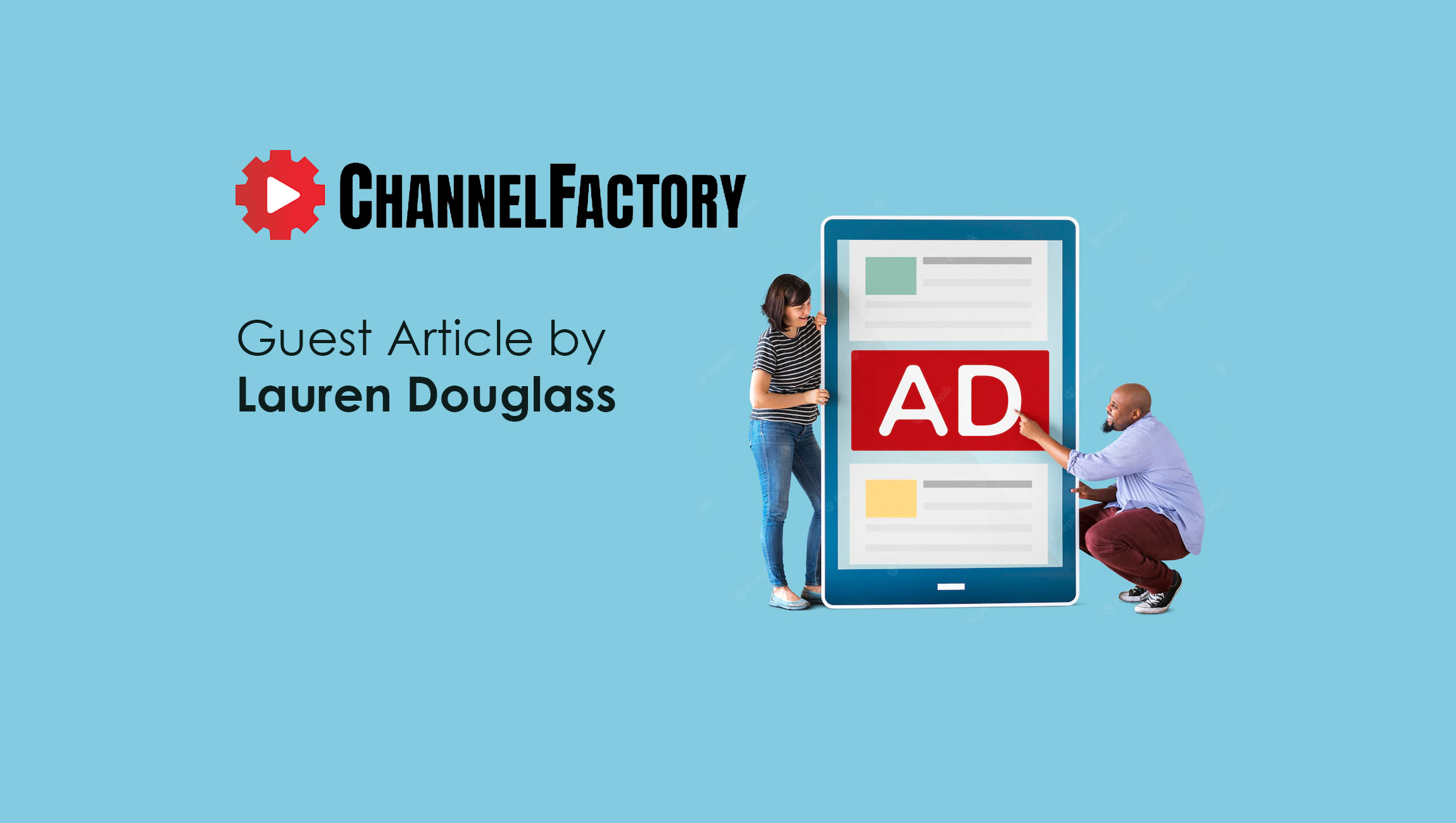Being more diverse and aware is no longer a nice to have in advertising. It’s a requirement for the world’s largest brands and agencies. Because their consumers and employees demand it. According to recent Channel Factory research, 60% of consumers would feel more positive about a brand knowing they advertised in inclusive and diverse environments. Brands today are being asked to put their money where their mouth is, and that means supporting diverse communities and creators online.
However, change is required within the industry to ensure that the right steps are being taken to be inclusive, as currently, around 85% of the ad industry is white. This leads to a reflection of one group’s own experiences and subconscious biases in how ads are created and amplified across the web.
Marketing Technology News: MarTech Interview with Ryan Schram, President & Board Director at IZEA
A homogenous industry
With white people currently comprising around 85% of the ad industry, there is a disconnect between diverse communities and advertising practices. When we take into consideration that only 57.8% of the population identified as white on the US 2020 Census, the advertising industry only looks even more disproportionately representative of today’s reality.
Promoting DEI at every level of decision-making has a huge impact internally, and on the industry as a whole. Without diverse teams across every level, the decision-making and vetting processes of creative, messaging, targeting, and even the development of software could be biased. The ad industry has work to do to create more diversity within and outside of its walls.
When an industry and its high-level executives are dominated by one group of people, the decisions and ads they create inevitably reflect their own implicit biases. Forbes research reported that “only 26% of African-Americans, 10% of Hispanics, and 3% of Asians feel represented in advertising.” Groups within the population feel disconnected from ads and as a result, do not (and cannot) engage with them beyond the surface level. Diversity MUST be included in the creative and decision-making process to ensure these audiences connect with the media they see.
Going beyond hiring
At their inception, block lists were a useful tool for advertisers and brands alike. Content that all brands would agree is harmful, such as hate speech or inciting violence, would be blocked by a block list ensuring the brand was not affiliated with this content. However, these block lists are somewhat of a blunt tool. Their implementation can affect the efficacy of campaigns. Swathes of irrelevant content can still pass through these block lists, reducing the overall impact of the campaign and negatively affecting the return on ad spend (ROAS). With 69% of consumers preferring to buy from brands committed to socially conscious causes, this is more than just speculation. Block lists prevent advertising from being placed alongside the aforementioned harmful content, they do not actively aid in placement alongside relevant and positive content.
Our recent research has found that 93% of LGTBQ+ creators on YouTube are blocked by advertisers – meaning only 7% of LGBTQ+ content is deemed appropriate to advertise against. This is a form of discrimination, that negatively impacts these communities and undermines the socially conscious messages both creators and brands are trying to communicate. Moreover, as blocklists often lead to demonetization, this means diverse communities and creators are underfunded, prolonging inequity. This research focused on the LGBTQ+ community – but Black, AAPI, and Hispanic creators are impacted via the same discriminatory block lists.
Marketing Technology News: Four Reasons Why Conversational Commerce is the Future of Customer Engagement
Inclusion Based Targeting
We’ve discussed the way that exclusion can harm creators and advertisers, but how can you be more inclusive? Turns out, that is quite hard. Overblocking is easy, nuance is challenging. Reaching diverse communities is best approached by surrounding conversations key to that group through proactive inclusion. Think of our LGBTQ example from before. If you cannot take sentiment and image into account, it’s understandable why one might exclude certain words like ‘gay’ or ‘lesbian’, as they don’t want to surround negative content. However, using those words is obviously problematic, as it negatively hurts LGBTQ creators. Working with a partner that can take sentiment and conversations into account will be key to ensuring that your advertising strategy is inclusive. It’s the social responsibility of brands and advertisers to support diverse creators across all media landscapes, including YouTube and CTV. Diversifying the channels brands advertise on diversifies messaging, creatives, casting, and expands your reach to diverse audiences.
Our ‘Conscious Advertising’ initiative at Channel Factory is working to develop a more inclusive, safer video ecosystem to support diverse content creators across YouTube – thereby ensuring advertising reaches diverse audiences.
The realities of inclusion
Diversity within the advertising industry is no longer an option. We’re at a pivotal moment in advertising where agencies from the demand and supply side must be more intentional about their DE&I strategies and policies to ensure they are making ethical decisions that align with reality. A more inclusive strategy provides marketers a better opportunity to engage directly with diverse creators and consumers across BIPOC, LGBTQIA+, and other communities.
As a final message to brands: identify your vision and your social purpose, and stand by it. Be authentic, bold, and take conscious risks. This will drive overall social good and lead to greater, more meaningful engagement between your brand and your consumers.











